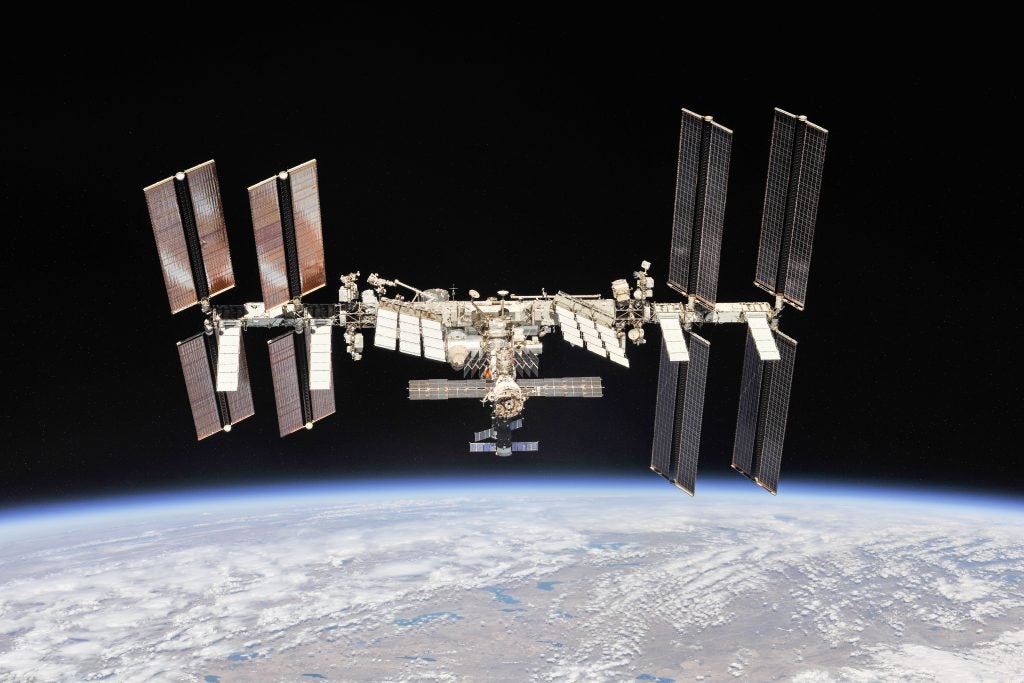US: “Reckless” Russian Anti-Satellite Weapon Test Places ISS Crew At Risk
United States State Department Ned Price has confirmed reports that Russia conducted a anti-satellite weapon test against a defunct Soviet-era satellite on Monday.
In a press conference, Price said that the direct-ascent anti-satellite missile test “recklessly” conducted by Russia earlier had generated more than 1,500 pieces of trackable orbital debris, as well as hundreds of thousands of smaller fragments in orbit “that now threaten the interest of all nations”. He added that the fragments generated by the test “significantly” increased the risk to astronauts and cosmonauts on the International Space Station, as well as to other human spaceflight activities, continuing:
“Russia’s dangerous and irresponsible behavior jeopardizes the long term sustainability of outer space, and clearly demonstrates that Russia’s claims of opposing the weaponization of space are disingenuous and hypocritical. The United States will work with our allies and partners to respond to Russia’s irresponsible act.”
Price did not comment on whether the State Department had formally filed a diplomatic protest over the anti-satellite weapon test or its aftermath, stressing that it had warned Russian officials “multiple times” over the risks such testing posed.
The statement follows instructions to the seven astronauts and cosmonauts living on the International Space Station issued at 0900 GMT Monday to take refuge inside their Crew Dragon and Soyuz ferry ships, due to a space debris field from a recent “satellite breakup” that passed near the ISS. While the crew has since left the ferry ships, the space station is reported to be passing through parts of the debris fields often as every 90 minutes, with mission control instructing that many of the radial hatches separating ISS modules to be kept closed for up to a day, while ground command analyzes the situation.
U.S. Space Command had stated earlier today that it was “aware of a debris-generating event in outer space”, saying that:
“We are actively working to characterize the debris field and will continue to ensure all space-faring nations have the information necessary to maneuver satellites if impacted. We are also in the process of working with the interagency, including the State Department and NASA, concerning these reports and will provide an update in the near future.”
SpaceTrak satellite database operator SeraTrak reports that the target of the Russian anti-satellite test appears to be the Cosmos 1408 satellite. The Tselina-D class electronic intelligence/signals intelligence satellite was launched in September 1982, and is reported to have been “dead for decades” by the time of the test.
The “direct ascent” weapon used by Russia is suspected to be the surface-launched PL-19 Nudol missile, which has been undergoing testing since 2014 and was tested twice last year. While Moscow claims that the Nudol is an anti-missile system, U.S. intelligence officials have claimed that the primary mission of the missile is destruction of satellites.
The United States and NASA have publicly condemned anti-satellite tests in the past that generated significant amounts of space debris, notably India’s 2019 Mission Shakti test and China’s 2007 test that destroyed the Fengyun-1C weather satellite. Just last week, the International Space Station had to boost its orbit in order to evade Fengyun-1C debris that is still in orbit to this day.

